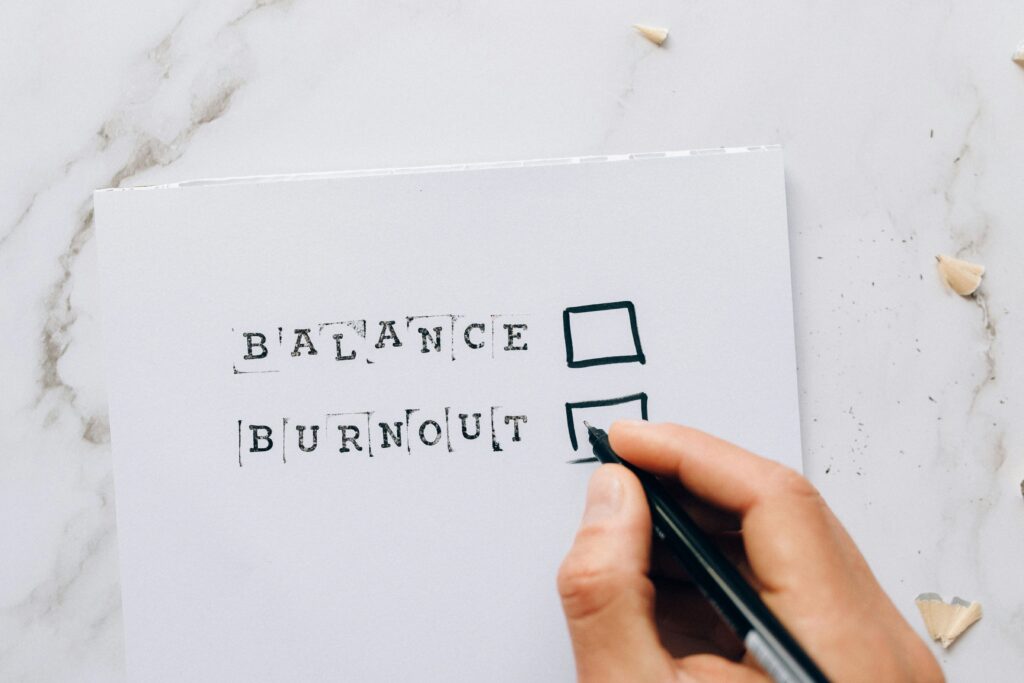Teaching is a deeply fulfilling profession, but it often comes with emotional and physical tolls. Burnout is more than just feeling tired—it can lead to disengagement, reduced effectiveness, and health issues like anxiety and depression. The ripple effects of teacher burnout extend to classrooms, schools, and communities.
Prioritizing teacher wellness improves not only personal health but also classroom success. Schools benefit when educators feel supported, motivated, and engaged. Investing in teacher wellbeing is an investment in students’ futures—and it starts with small, consistent actions to reduce stress and promote balance.
The Ripple Effects of Burnout
Burnout in teaching is more than occasional exhaustion—it’s a persistent state of physical, mental, and emotional fatigue that deeply impacts both teachers and their classrooms. Many educators face the pressures of excessive workloads, administrative demands, and the emotional labor of supporting students, leaving little time for recovery.
Burnout doesn’t only harm teachers’ health—it affects their relationships, teaching quality, and the learning environment. Students may sense disengagement or frustration, which can hinder their learning experience. Moreover, burnout contributes to teacher turnover, creating instability for schools and additional strain on remaining staff.
Recognizing Burnout
Signs of burnout include chronic fatigue, irritability, difficulty concentrating, and even physical symptoms like headaches or sleep disturbances. Recognizing these signs early is the first step to addressing the issue.
Why Teacher Wellness Matters
When teachers prioritize their wellness, the benefits extend beyond themselves. Educators who manage stress effectively can build more meaningful relationships with students, foster a positive classroom atmosphere, and model healthy habits. Administrators must also play a role by promoting wellness initiatives, offering professional development on stress management, and creating supportive work environments.
Practical Steps
1.Start with small self-care practices like taking short breaks during the day or connecting with peers for support.
2. Schools can establish wellness programs, offer counseling services, and encourage reasonable workloads.
3. When teachers are well, classrooms thrive. By addressing burnout, we create a healthier, more sustainable education system.
Don’t wait to take care of yourself. Your wellbeing matters. Enrol in our course today:
Teacher Wellness First: A Wellbeing Guide for Early Childhood Leadership Success
© Gaynor Clarke, December 2024
Gaynor Clarke
B.Ed (Teaching), Cert Tertiary Teaching, PGDip Ed, MEd Leadership
Reach. Teach. Lead.
Reach Education Ltd
Teacher Leadership Mentoring and Life Coaching. Personal and Professional Development.
Gaynor is a teacher educator and mentor facilitating personal & professional leadership wellbeing outcomes for teachers.
If you are an early childhood teacher or leader looking to enhance your leadership skills, I would love to work with you. As a leadership mentor and coach, I specialize in helping early childhood educators develop their leadership potential and make a positive impact for the ākonga they serve. If you are interested in learning more about my leadership mentoring services, please visit my website or contact me directly to schedule a consultation. I would love to work with you!








Leave a Comment
You must be logged in to post a comment.